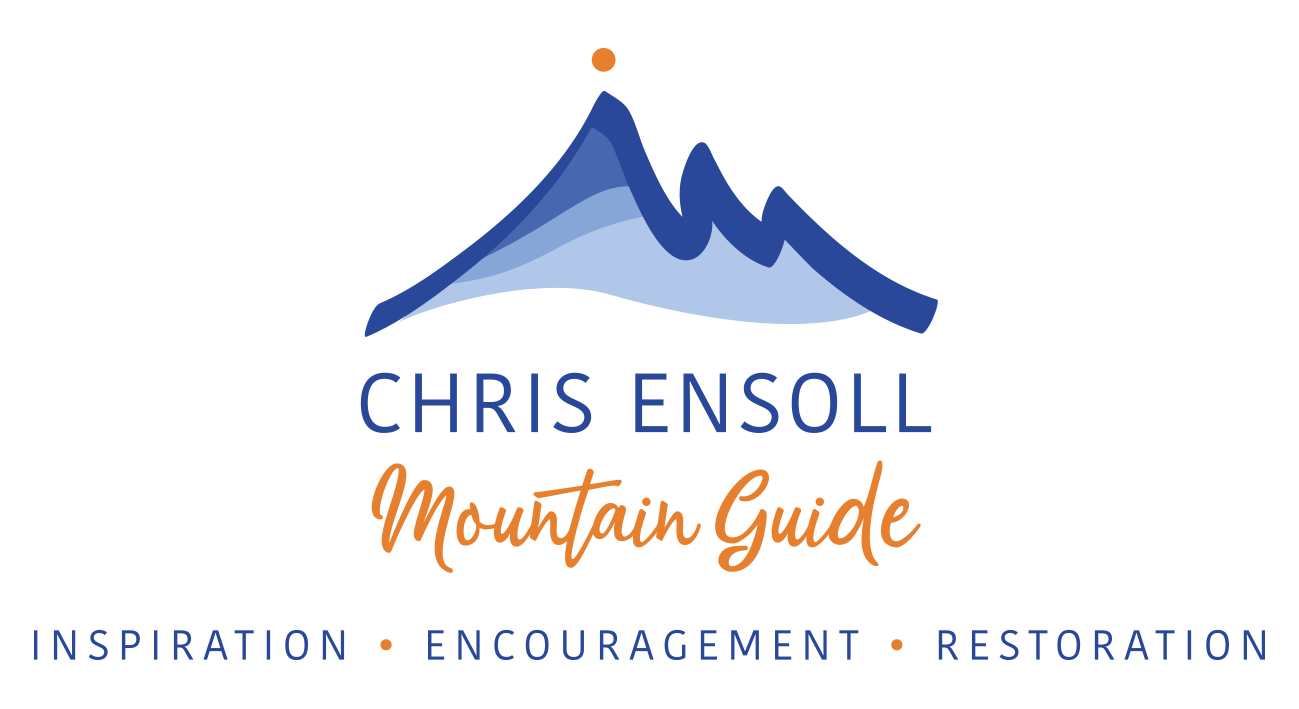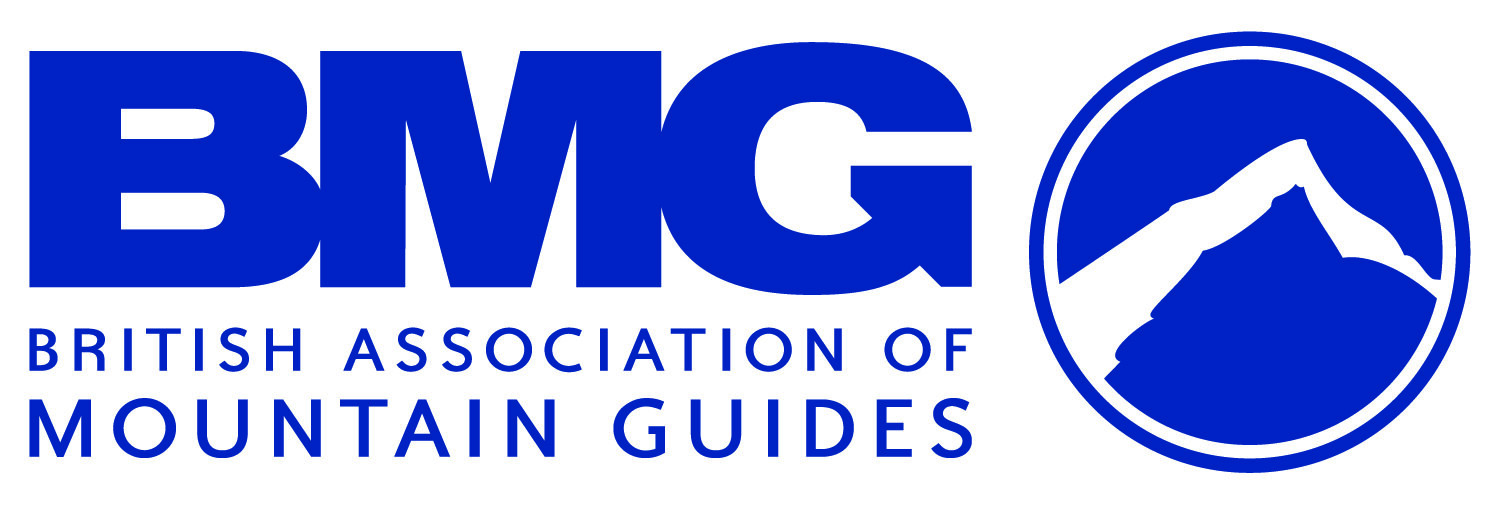What is the National Trust thinking of?
/The recent announcement by the National Trust of their intention to introduce an outdoor activity licensing scheme for users of their properties and land has ruffled feathers in the outdoor industry, to put it mildly. The scheme runs as a pilot until September 2016 across 21 sites, including all NT land in the Lake District (more than a quarter of the Lake District).
The Langdale valley
The National Trust website says:
At each site taking part, we will require a licence for any sport event and outdoor activity on National Trust land, organised by an external provider with a participant charge. This could include, for example, cycle events, coasteering, sponsored walks, climbing, triathlons, fell running, canoeing, ‘have a go’ archery, Race for Life and other fundraising or commercial activities. There will be an admin set-up fee of £50-100 and a percentage of entrance fees to the event (likely to be around 3%): the final cost will be dependent on the nature of the event, and agreed with the local property.
It also quotes a list of exemptions, which includes educational groups (how do you define educational?) but what is not made clear is that the scheme only applies to groups of 25+. In fact, this info is extremely hard to come by. I can’t find it on the websites of the National Trust, the British Mountaineering Council, the Institute for Outdoor Learning or UKClimbing. I only know because Graham Uney, a fellow outdoor provider in the Lake District and Fell Top Assessor, contacted the Property Manager for the Lake District about the pilot, and said this on Facebook on 15th April:
I have ... had an email from the Property Manager for the Lake District National Trust properties. He has informed me that the new licensing scheme will only apply to large events or activities, such as fell races, triathlons, and charity fell walks involving more than 25 people.
National Trust NW confirmed this to me in response to a tweet. If we have understood this correctly, this obviously completely changes the impact of the scheme for the many outdoor providers who don’t work with large groups. It is hard to understand why the NT have not included this crucial info in their publicity material. If they had made this clear to everyone, the reaction to the scheme would probably be very different, and third party reporting of it would be accurate.
How will the scheme be policed in practice? The land owned by the NT is a mix of little pockets of land and huge swathes of countryside. You could start at the Stickle Ghyll car park in Langdale, and follow public rights of way through NT land for a short distance on to land owned by someone else. The valley bottom and the enclosed farmland in Langdale is NT-owned - most of the higher ground is not, as can be seen on this NT map. If you get as far as the summit of Bowfell, you’ll be back on NT land if you leave the summit on the west side rather than coming back into Langdale.
What are the alternatives? I totally get that large groups of people have a major impact on the environment, and that perhaps these visitors should contribute to the upkeep of the land they are using, but there are other models to raise money for providing facilities for tourism and protecting natural resources. For example in France they have a taxe de sejour, where each adult staying overnight pays a small extra charge, 0.20 euro per person per night, which goes into a central pot, which is then used locally by many different tourism bodies to fund things like footpath maintenance, toilets, tourist information, etc. Huge amounts are generated by a simple measure which has very little impact on the people who pay.
The NT proposals are covered in vast detail on the websites mentioned above. If you’ve got an hour to spare you can read all about who is included, who is exempt, and the many objections and problems with the scheme. If you can find any mention that groups of less than 25 people are exempt, I’d love to hear from you!




